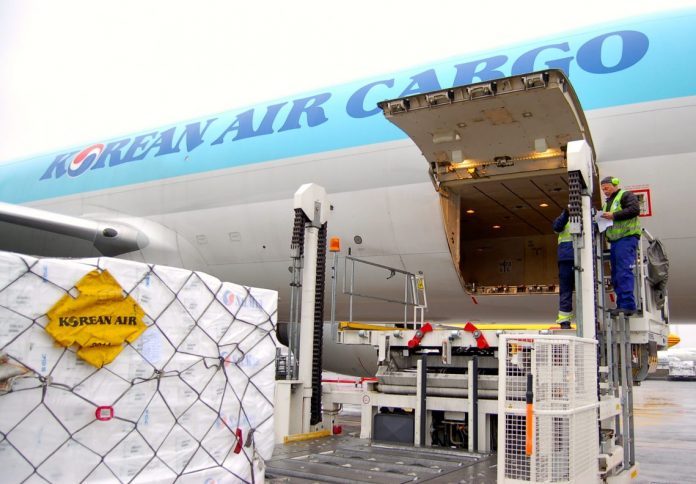SalmonBusiness is growing fast.
Last month, SalmonBusiness.com has had over 50,000 unique users, according to Google Analytics.
“We are experiencing steady and good traffic growth, driven by relevant news and solid journalistic craftsmanship,” said Aslak Berge, editor of iLaks.no and SalmonBusiness.com.
SalmonBusiness started up in late summer 2017, and has, roughly, followed the same readership development as its Norwegian sister iLaks.
Internationally
“Salmon is an international product, and there are many who will keep themselves informed about what is happening. Norway’s algae problems have attracted extensive interest, not least from readers in Asia,” said Berge.
“Otherwise, a field such as land-based farming is particularly well-read. The idea that using RAS technology can now produce salmon almost anywhere sparks the curiosity of many,” he continued.
“And information that moves the salmon price, and thus investment budgets and stock prices, is a sure winner,” added Berge.
Free
Like iLaks, and unlike many other newspapers that provide seafood news, SalmonBusiness is free to read.
“This is essential. This stimulates traffic, makes it work on social media and offers advertisers a better product than if you have to pay to read the news,” said Berge.
SalmonBusiness has the same job database as iLaks, which thus ensures a gross exposure of about 150,000 readers a month.
“This is tailor-made, across borders, to people working in the salmon industry. Specialized labor and know-how are important in modern aquaculture, and this moves and is in demand internationally,” said Berge.
But SalmonBusiness is still a freshman, having existed for less than two years.
“We haven’t been around here so long, and we expect the snowball to roll on. The reader potential of SalmonBusiness is significantly larger than iLaks. We already have several individual articles with over 40,000 clicks, so that illustrates some of the potential of SalmonBusiness,” concluded Berge.

